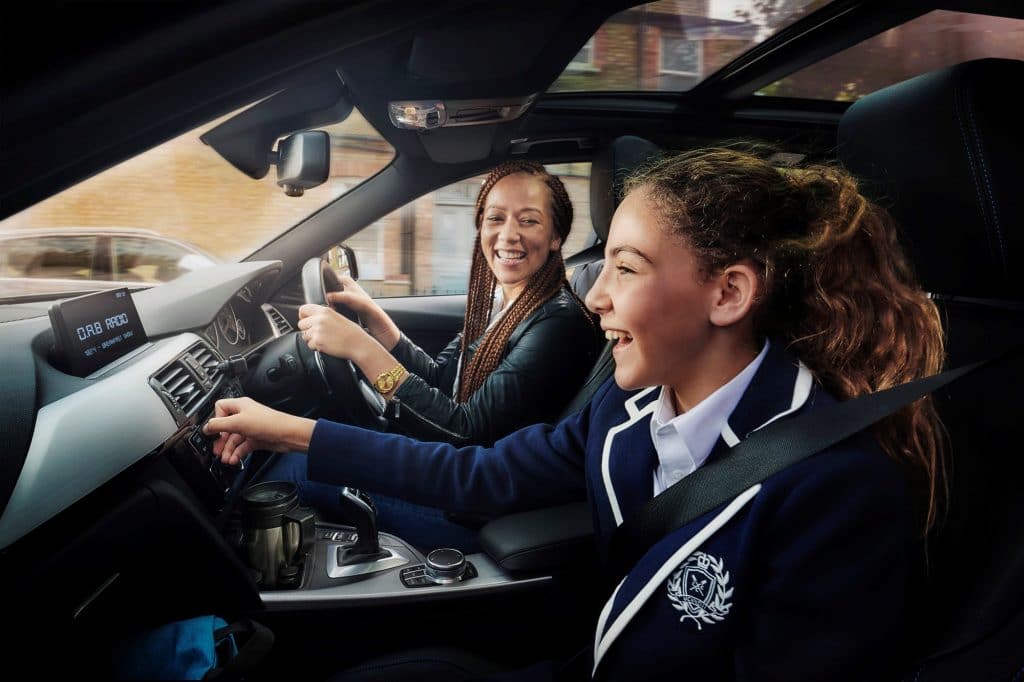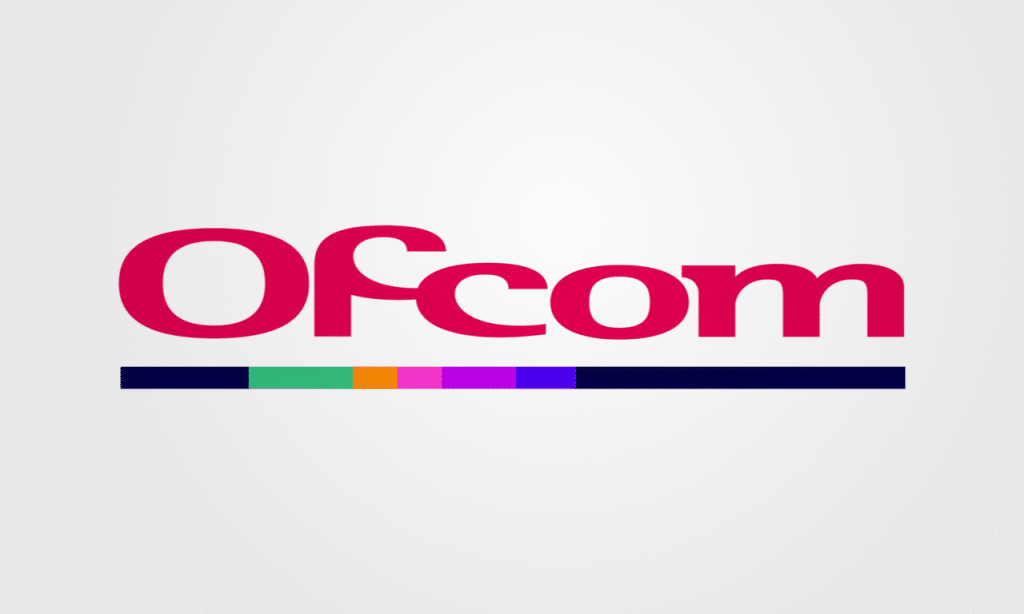
Hear and Now: how targeting people at relevant times helps turbocharge ad effectiveness

Adverts targeted at audiences as they carry out relevant activities can significantly boost the impact of advertising effectiveness in engagement, memory encoding and recall, according to new Radiocentre research.
Read the full Hear and Now report here.
Across a range of sectors including motoring, FMCG and household goods, the research conducted by Neuro-Insight consistently found increased performance when audiences heard ads that had been matched to relevant tasks such as exercise cooking and driving.
This study builds on previous studies demonstrating the editorial effects of radio and gives marketers more evidence of the effectiveness of investing in the growing audio advertising sector.
The research used neuroscience to measure the impact of radio advertising on audiences carrying out tasks such as cooking, driving, exercising, cleaning and working. It measured changes in recall, engagement and memory encoding – the process, crucial for advertising effectiveness, of turning an experience into a memory.
116 participants were fitted with headsets featuring 24 felt sensors as they undertook tasks such as cooking, driving, exercise workouts, cleaning, shopping and work. As they carried out the activities, radio played in the background. They were exposed to a variety of ads, including some relevant to their task. They were unaware of the intention of the tests.
Participants riding on exercise bikes heard a mix of ads including relevant executions for Currys Apple Watch and Boost energy bars. Those involved in simulated driving heard safe driving messages from Highways England and ads for Audi cars amongst others. Those involved in cooking heard ads about Tesco Fish Tacho and Branston, while those carrying out housework heard ads for Plenty kitchen paper and Persil. Two other tasks and related ads were included in the study: writing a shopping list and sorting emails.
The results were clear. Engagement and memory encoding were stronger for the ads related to the activities that listeners were undertaking than for those which were unrelated.
Engagement with ads relevant to activities rose by 23%, while memory encoding – the process, crucial for advertising effectiveness, of turning an experience into a memory – increased by 22%.
This study debunks the myth that people do not process radio advertising because they are busy doing other things. In fact, those activities can reinforce messages from the radio.
The relevant ads also had higher unprompted recall, showing that speaking to people at relevant times helps brands spring more easily to mind later.
The research also builds on previous studies demonstrating the editorial effects of radio. Radiocentre’s Emotional Multiplier study showed that listeners are twice as happy when listening to the radio compared to not consuming any media. The mood enhancing editorial effect extends into the ad break, boosting engagement with ads by 30%.
Radiocentre’s latest research shows that advertisers can build on this by targeting activities in the moment, creating further engagement with the advertised brand.
When benchmarked against a range of recent TV and radio campaigns measured by Neuro-Insight, the average memory encoding of the test ads heard in a non-relevant context performed better than 53% of all other ads measured.
But when they were heard in the context of relevant activities, they performed better than 94% of the other ads.
The research suggests that when a task requires higher mental effort, the uplift effects of relevance on engagement and memory encoding are reduced.
The good news is that people usually listen to radio to help lift their mood when engaged in everyday tasks. Most of these are carried out with the brain on autopilot, such as driving, housework, cooking or exercise. This presents excellent opportunities for communicating relevant messages.
Neuro-Insight UK CEO Heather Andrew said:
“Radio represents a unique and powerful opportunity to bolster advertising effects by speaking to audiences at relevant times.
Ads that are creatively tailored to the moment deliver the largest effects. The takeout for radio ads is to make explicit references in the ad creative to the task or activity you are targeting.”
She said that if the brain makes the link between an ad and a task in which it is engaged, then it is more likely to process the advertising. Establishing this link early on in an ad increases the chance that more of the ad will be processed.
Radiocentre’s Planning Director Mark Barber said:
“The research is further evidence of the effectiveness of radio advertising. As audio booms with the rise of streaming, podcasts and the continuing success of radio, advertisers have a unique opportunity to turbo-charge their ad effectiveness by incorporating situational relevance.”



